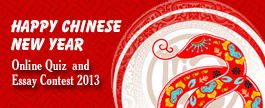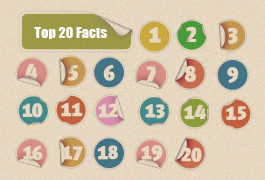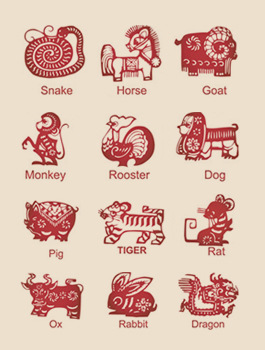Switzerland
(Chinadaily.com.cn)
Updated: 2013-02-04
In 15 BC, Tiberius, who was destined to be the second Roman emperor and his brother, Drusus, conquered the Alps, integrating them into the Roman Empire. The area occupied by the Helvetii—the namesakes of the later Confoederatio Helvetica—first became part of Rome's Gallia Belgica province and then of its Germania Superior province, while the eastern portion of modern Switzerland was integrated into the Roman province of Raetia.
In the Early Middle Ages, from the 4th century, the western extent of modern-day Switzerland was part of the territory of the Kings of the Burgundians. The Alemanni settled the Swiss plateau in the 5th century and the valleys of the Alps in the 8th century, forming Alemannia. Modern-day Switzerland was therefore then divided between the kingdoms of Alemannia and Burgundy. The entire region became part of the expanding Frankish Empire in the 6th century, following Clovis I's victory over the Alemanni at Tolbiac in 504 AD, and later Frankish domination of the Burgundians.
Throughout the rest of the 6th, 7th and 8th centuries the Swiss regions continued under Frankish hegemony (Merovingian and Carolingian dynasties). But after its extension under Charlemagne, the Frankish empire was divided by the Treaty of Verdun in 843. The territories of present day Switzerland became divided into Middle Francia and East Francia until they were reunified under the Holy Roman Empire around 1000 AD.
By 1200, the Swiss plateau comprised the dominions of the houses of Savoy, Zähringer, Habsburg and Kyburg. Some regions (Uri, Schwyz, Unterwalden, later known as Waldstätten) were accorded the Imperial immediacy to grant the empire direct control over the mountain passes. When the Kyburg dynasty fell in 1264 AD, the Habsburgs under King Rudolph I (Holy Roman Emperor in 1273) extended their territory to the eastern Swiss plateau.






